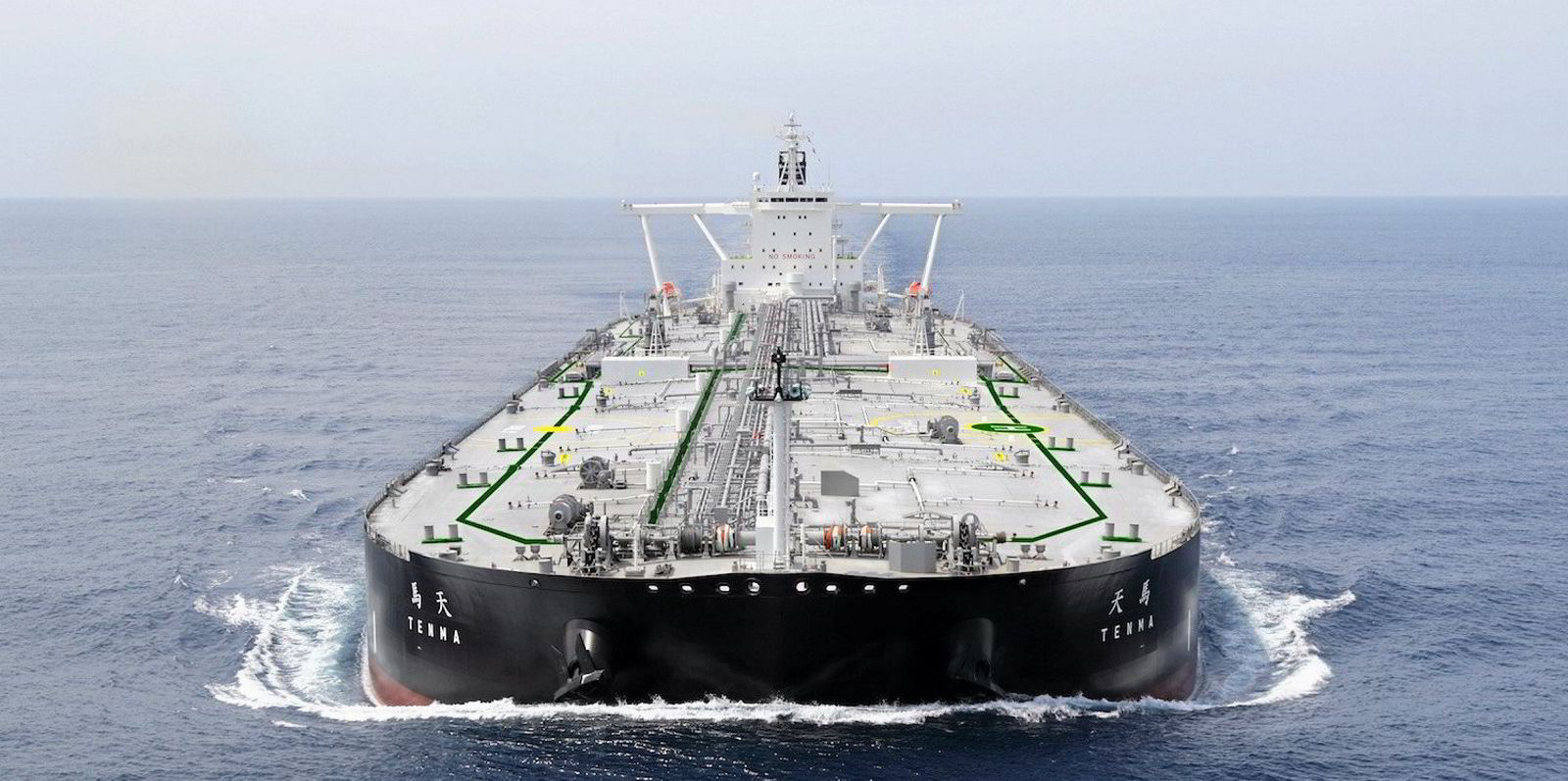Massive gains in VLCC earnings are enough to have DNB Markets looking past DHT Holdings’ recent disappointing market update.
DNB analyst Jorgen Lian raised his target price for the New York-listed tanker owner to $12.10 from $12 on Tuesday even after last week’s disclosure showed DHT’s VLCC fleet was earning roughly $7,500 per day less so far in the fourth quarter.
“DHT’s [quarter-to-date] fixtures were likely at the low end of consensus, but left significant back-end exposure to the sharp turnaround in VLCC rates in recent days,” said Lian, who maintained his buy rating on the stock.
On Tuesday, VLCC rates leapt 17.5% from $49,200 per day to $57,800 per day on a fleet-weighted average basis, according to figures from Clarksons.
Scrubber-fitted, eco-designed VLCCs — which make up 17 of DHT’s 24 vessels — were earning $66,000 per day.
The rally prompted Lian to argue the third quarter will be DHT’s softest for the next two years.
“In our view, the significant earnings volatility reflects tight fundamentals,” he said, citing forward freight agreement data suggesting $60,000 per day rates for those scrubber-fitted, eco-designed vessels.
“The forward market expects the situation to prevail throughout the first quarter of 2024.
“Hence, the earnings potential for crude tankers persists despite current volume headwinds, leaving substantial upside optionality to tanker utilisation should a reversal of the [more than] 2m barrels per day Opec+, Saudi Arabian and Russian supply cuts take effect.”
On 11 October, DHT said it had booked 38% of its available spot days for the final three months of 2023 at $34,800 per day on a discharge-to-discharge basis. Its spot and time-charter coverage together was half of available fleet days at a rate of $35,000 per day.
For the third quarter, the company estimated TCE earnings of $42,500 per day.
The Baltic Exchange VLCC TCE assessment showed a tepid market in September as Opec+ and Saudi Arabia slashed production, knee-capping VLCC demand.
The assessment, which assumes non-eco-designed ships typically sail slower, fell to -$1,374 per day on 1 September, staying in the red until 20 September.
It hit $8,457 per day on 26 September, but quickly lost steam before the recent rally brought on by increased chartering activity.





